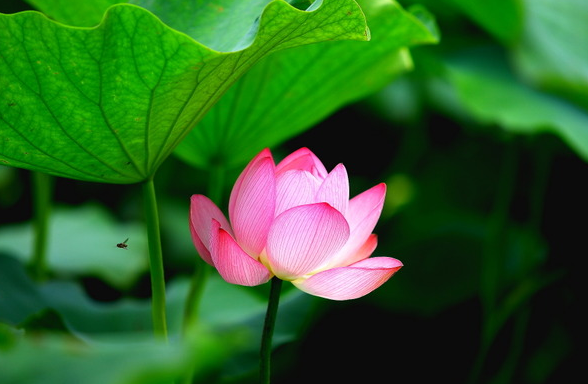Use of Cookies
Our website uses cookies to facilitate and improve your online experience.
The Japanese word kuyō is a translation of the Sanskrit words puja or pujana, which means "to make heartfelt offerings of incense, flowers, candles, food" and so on to buddhas and bodhisattvas, as well as to the celestial gods who protect Buddhism. The Sanskrit word paricariya, which means "to give service to or to attend on someone with a respectful feeling", is also translated as kuyō in Japanese.
The essential meaning of the word is an expression of respect and worship - in words, body, or mind - toward something of great importance. Long ago, offerings (kuyō) were also made with water, light, clothing, medicine, and entertainment, as well as simply putting one's hands together in gassho. Stupas, reliquary shrines, Buddhist statues, buildings, and land were also donated as offerings.
Today, offerings of flowers, food, candles, and incense are made and priests are asked to read sutras and give Dharma talks. Kuyō is the form of offerings that demonstrate a feeling of respect and worship toward the Buddha's Dharma.
In present-day Japan, the word kuyō, an abbreviation of the phrase tsuizen kuyō, refers to any offerings made to a departed person. In this case, it is often translated into English as "memorial service."
“Tsuizen" of tsuizen kuyō means "to later practice-good deeds" for the peace and prosperity of the departed person by someone related to that person. The practice originated in India where seven such offerings were made over the first 49 days after a person passed away, one every seven days.
When Buddhism was eventually transmitted to China, the Indian practice of puja merged with the Chinese custom of ancestor worship to form the practice of periodic memorial services (nenkaiki) that we observe today: the one hundredth day ceremony, first anniversary, and third anniversary. In Japan, this was extended to the seventh, thirteenth, seventeenth, thirty-third, fiftieth anniversaries and so forth.
The third anniversary memorial service takes place two years after death, the seventh anniversary memorial service takes place six years after death, and so on.
| 49th day service | 49 days after death |
|---|---|
| 100th day service | 100 days |
| 1st anniversary | 1 year |
| 3rd | 2 years |
| 7th | 6 years |
| 13th | 12 years |
| 17th | 16 years |
| 23rd | 22 years |
| 27th | 26 years |
| 33rd | 32 years |
| 37th | 36 years |
| 50th | 49 years |
| Every fiftieth year thereafter | |
The anniversary years noted above for these memorial services may differ according to region and temple.
Grandparents coming to the temple for services, families and friends gathering for a memorial ceremony, laying flowers at a gravesite, or putting their hands together in gassho and placing water and incense at the altar - these practices all share the precious spirit of Buddhist offerings (puja) that have been transmitted from ancient India to the present day here in North America.
We would like to pass this still-cherished tradition from the heart of Buddhism on to the next generation to uphold.
